Multiple Choice
Graph the function for one period, and show (or specify) intercepts and asymptotes.
A) x-intercept: none; y-intercept:
; asymptotes: and 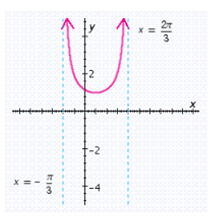
B) x-intercept: none; y-intercept:
; asymptotes: and 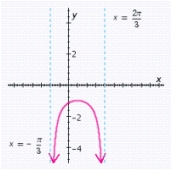
C) x-intercept: ; y-intercept: ; asymptotes: and 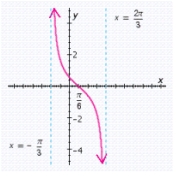
D) x-intercept: ; y-intercept: ; asymptotes: and 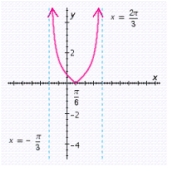
E) x-intercept: ; y-intercept: ; asymptotes: and 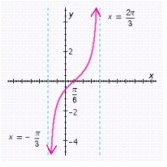
Correct Answer:

Verified
Correct Answer:
Verified
Q1: Consider the function <span class="ql-formula"
Q3: Consider the function <span class="ql-formula"
Q4: State whether the function <span
Q5: Given: <span class="ql-formula" data-value="\cot \theta
Q6: Graph the function for one period,
Q7: Graph the function for one period,
Q8: Use the Pythagorean identities to simplify
Q9: Consider the function <span class="ql-formula"
Q10: Consider the function <span class="ql-formula"
Q11: Consider the function <span class="ql-formula"